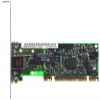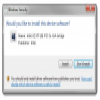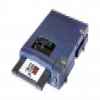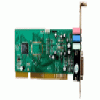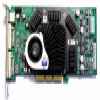Windows 98 (codenamed Memphis) is a graphical operating system by Microsoft. It is the second major release in the Windows 9x line of operating systems. It was released to manufacturing on May 15, 1998 and to retail on June 25, 1998. Windows 98 is the successor to Windows 95. Like its predecessor, it is a hybrid 16-bit/32-bit monolithic product with an MS-DOS based boot stage. Windows 98 was succeeded by Windows 98 Second Edition on May 5, 1999, then by Windows ME (Millennium Edition) on September 14, 2000. Microsoft ended support for Windows 98 on July 11, 2006
Unofficial Windows 98 Second Edition Service Pack 3.66
An unofficial service pack that continued some upgrades of Windows 98 SE was made by a group of enthusiasts it can be downloaded here: Unofficial Windows 98 Second Edition Service Pack 3.66





